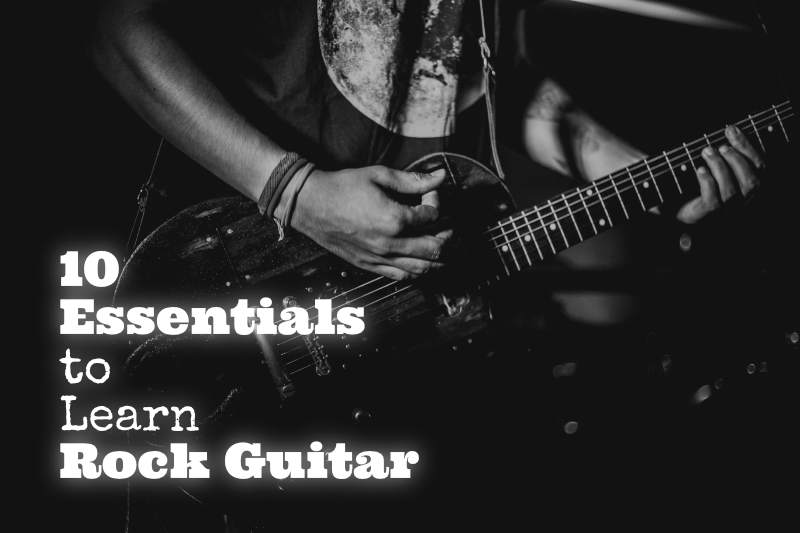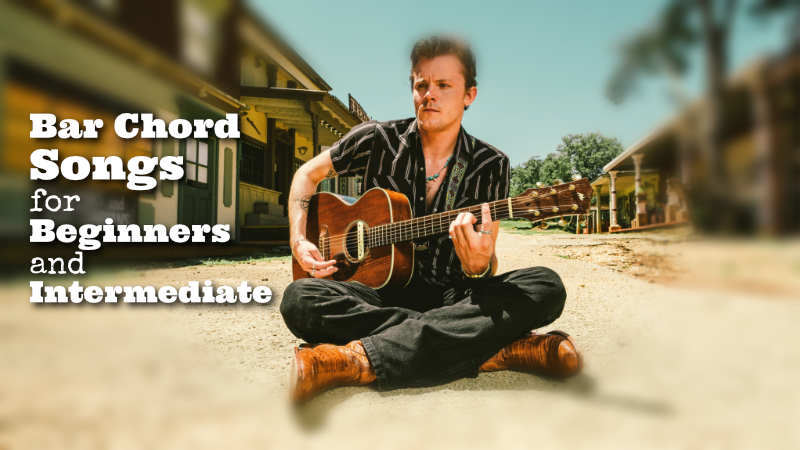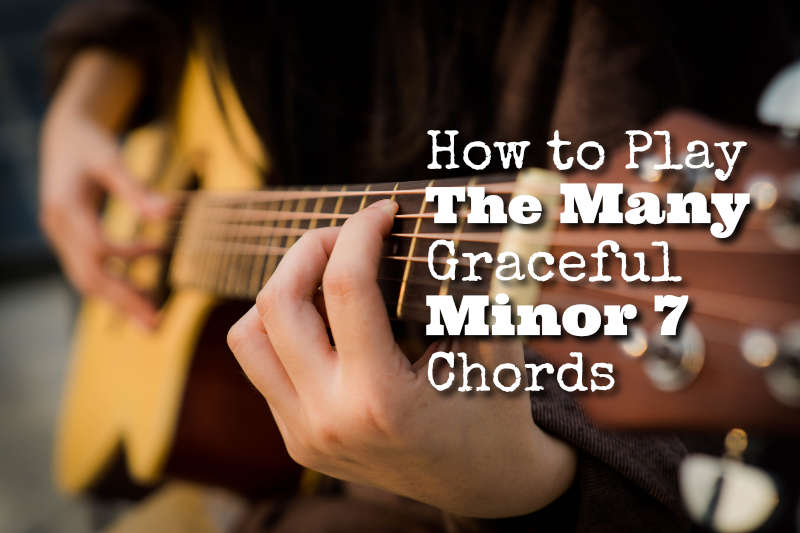June 18, 2022 by Klaus Crow

We all have tons of excuses to justify the times we don’t practice. We need to work, maintain our relationships, play with our kids, finish up tasks, exercise, eat and sleep. How in the world is there any time left?
How can you improve your skills amidst all of this, stay motivated and keep learning and growing when there are times when you can’t pick up the guitar?
Well, there are many places and times throughout the day where you can do some really valuable exercises to make huge changes in your guitar playing. I’ll first show you WHAT you can do, and then HOW and WHEN can you get better at playing guitar everyday, anywhere and anytime! Let’s check it out.
Memorizing the Notes on the Guitar
You can start by learning the notes on the guitar. Memorize where every note (all 12) are located on the guitar neck on every string. Start by memorizing all the “F” notes on all strings. Say out loud: The F note is located on the Low E-string, 1st fret | F on the A-string, 8th fret | F on the D-string, 3rd fret | F on the G-string, 10th fret | F on the B-string, 6th fret | F on the high e-string, 1st fret.
Try to visualize where the note is located on the neck while you’re naming the fret and string. Then pick another random note and repeat the exercise. Keep doing that until you know all 12 notes from the top of your head.
Memorizing Scales
Next, learn to name all the scale notes of each key out loud. Start with the C major scale: C – D – E – F – G – A – B – C, then the G major scale: G – A – B – C – D – E – F# – G, next the F major scale: F – G – A – Bb – C – D – E – F and so on. Just pick any key in random order, until you’ve gone through all 12 keys.
You can also do this with the natural minor scale, and every other scale. Just like the first exercise try to visualize where the notes of each scale are located on the strings.
Memorizing Chords and Progressions
You can also memorize all the chords you can derive from each major scale in every key. C major scale chords = C – Dm – Em – F – G – Am – Bdim , F major scale chords are: F – Gm – Am – Bb – C – Dm – Edim, G major scale chords: G – Am – Bm – C – D – Em – F#dim, and so on.
Continue Reading



